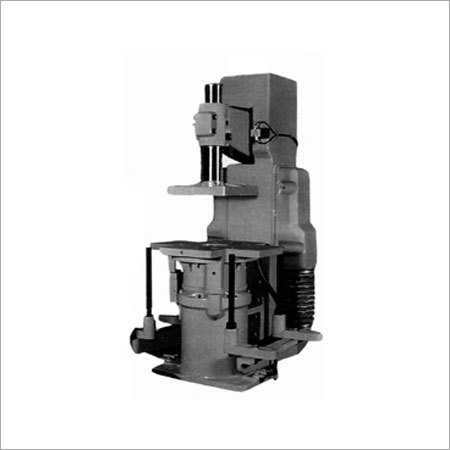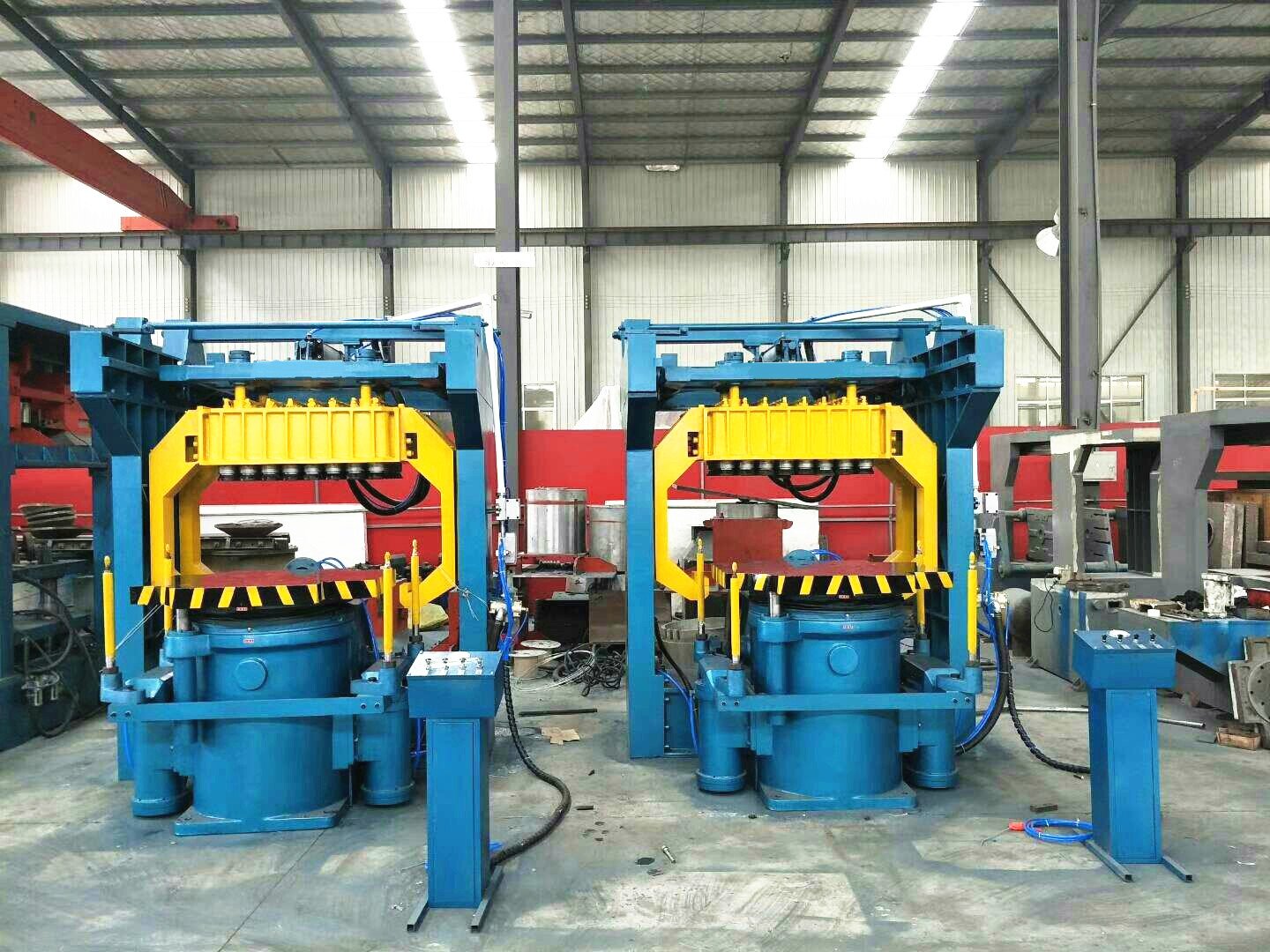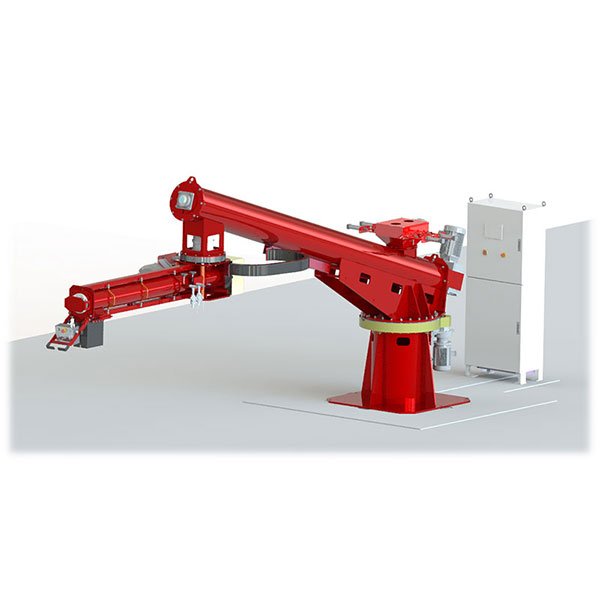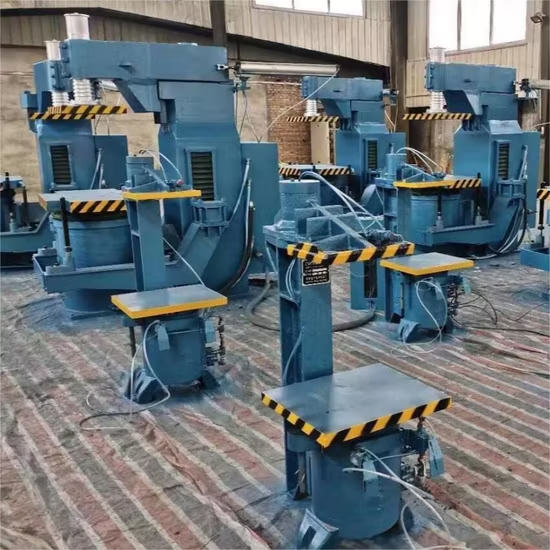Shot blasting is a surface preparation method that uses high-speed abrasive particles—typically metal shots—to clean, descale, or strengthen industrial materials such as steel, concrete, and castings.
This process relies on either centrifugal wheels or compressed air to propel steel shots at a high velocity against the surface. It’s a powerful, dry, and eco-friendly method to remove rust, old coatings, and oxidation while improving the performance of future surface treatments.
What Is Shot Blasting?

Shot blasting is more than surface cleaning—it's a critical step in industrial manufacturing and maintenance. I often describe it as a beauty treatment for steel and concrete. It rejuvenates tired surfaces, strips away flaws, and prepares them for a new life—be it painting, coating, or welding.
Shot blasting is a mechanical method where steel shots or grit are accelerated—either by a high-speed rotating wheel or compressed air—to impact the surface and remove contaminants like rust, scale, paint, or sand.
Compared to chemical cleaning or sanding, shot blasting is faster, cleaner, and more consistent, which is why it's widely used in foundries, shipyards, rail, automotive, and pipeline industries.
Types of Shot Blasting Methods
There are several ways to perform shot blasting, each suited for different jobs:
Wheel Blasting (Centrifugal)
Propelled by high-speed turbines. Ideal for high-volume production and integrated lines.
✅ High efficiency | ❌ Limited precision on complex geometriesAir Blasting (Compressed Air)
Uses nozzles to direct abrasive manually or robotically.
✅ Flexible on shape | ❌ Lower throughputShot Peening
Designed to enhance fatigue resistance by inducing compressive stress.
✅ Improves strength | ❌ Does not clean surfacesWet Blasting
Uses water + media, reducing dust.
✅ Good for sensitive materials | ❌ Requires drying post-process
Each method has unique advantages. I often recommend centrifugal blasting for foundry lines, and air blasting for aerospace or custom fabrication.
Common Types of Shot Blasting Machines
Here’s a quick comparison of the most common shot blasting equipment in use today:
| Machine Type | Best Use Case | Propulsion Method |
|---|---|---|
| Tumble Belt Machine | Mass production of small parts | Wheel |
| Hanger Type Machine | Fragile or large components | Wheel |
| Rotary Table Machine | Heavy flat components | Wheel |
| Air Blast Cabinet | Precise or manual operations | Compressed Air |
Each model serves a different manufacturing scenario. For instance, in automotive remanufacturing, I’ve seen hanger machines transform old engine blocks back to bare metal in minutes.
5 Key Benefits of Shot Blasting Machines

Removes Rust, Scale, and Coatings Quickly
High-speed steel shots strip away years of corrosion in seconds.Improves Coating Adhesion
Creates surface roughness (anchor profile) essential for painting, galvanizing, or powder coating.Enhances Fatigue Strength
Shot peening can increase part lifespan in high-stress applications like aerospace or automotive.Reduces Chemical Waste
Unlike pickling or solvents, shot blasting is a dry process—cleaner and safer.Creates Uniform Surface Finish
Consistency means predictable quality—essential in mass production environments.
These benefits are why shot blasting is a standard process in modern industrial lines worldwide.
How to Choose the Right Shot Blasting Machine
Selecting the right machine is more than matching a model to a budget. Here’s what I advise clients to consider:
- Material Type: Is it mild steel, stainless, aluminum, or cast iron?
- Part Geometry: Are parts flat, tubular, thin-walled, or intricate?
- Production Volume: Do you blast 10 parts/day or 1000/hour?
- Automation Needs: Manual loading or robotic integration?
- Factory Layout: Overhead crane access? Dust extraction zones?
One of my clients in Germany chose a rotary table machine for casting molds. Why? Their components were heavy, flat, and loaded by forklift—this design minimized lifting time and fit their floor plan perfectly.
FAQs
Q: What’s the difference between shot blasting and sandblasting?
Shot blasting uses steel media and is machine-driven; sandblasting often uses silica sand and manual nozzles. Shot blasting is faster and more industrial.
Q: Will shot blasting damage my parts?
When set correctly, shot blasting doesn’t damage metal. Peening parameters must be optimized to avoid over-stressing.
Q: Is shot blasting environmentally friendly?
Yes. It’s a dry, recyclable, closed-loop process. No chemical runoff and minimal dust with proper filtration.
Conclusion
Shot blasting machines are the beauticians of heavy industry. They clean, strengthen, and prepare surfaces with precision—without harmful chemicals or unnecessary downtime.
👉 Need help selecting the right blasting machine?
Let’s walk through your application together. Contact us for a personalized recommendation and technical layout support.







